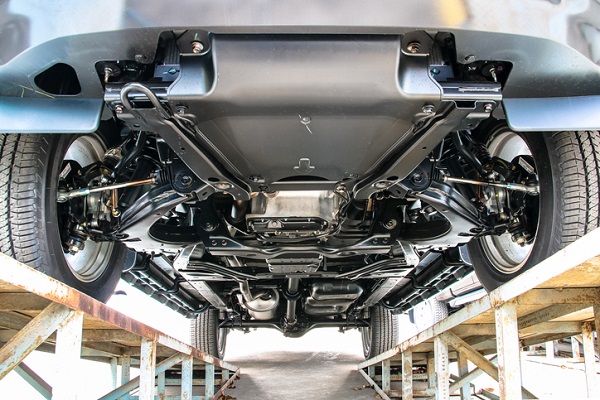4 Signs a Car Needs a Wheel Alignment That Auto Mechanics Should Notice

Wheel alignment, or suspension angles, are optimized and set by car manufacturers. Over time, the wheels and steering components can go out of alignment. They will do so more quickly if a driver goes over potholes or poorly maintained, bumpy roads regularly. Alignment may even need to be adjusted due to small impacts like bumping into the curb or keeping too much heavy stuff in the trunk for an extended period of time.
It is typically recommended that drivers bring in their cars for an alignment check every two to three years, or every 10,000 kilometres. The cost of checking alignment is far less than replacing tires, which is something car-owners may have to do more frequently if alignment is off. Proper alignment generally makes a car drive more efficiently so less fuel is used, and handling is better.
Drivers may not notice right away that their alignment is not correct, but there a few signs to watch out for.
1. The Vehicle Pulls to One Side
Drivers may want to test this by letting go of the wheel, but that’s not necessary! On a straight flat road, it will be clear if the vehicle is pulling to the left or right. In general, to keep a car driving straight should not take much effort so a pull to one side or the other will require a tighter grip to steer the vehicle. If the vehicle pulls, it’s often a sign that the wheels are out of alignment.

2. The Steering Wheel Angle Doesn’t Line Up or Return to Centre
If the car is driving straight, the steering wheel should be sitting straight as well. If the wheel sits rotated one way or the other when you are driving along a flat road without curves this is a sure sign that an alignment check is necessary.
Similarly, if the steering wheel doesn’t return to centre easily and on its own after a turn, then the alignment definitely requires the attention of someone who has gone through auto mechanic college.
3. The Handling of the Vehicle is Loose
This may also be described as feeling like the steering is unstable. Drivers may say it seems as though the car is drifting, or the steering wheel moves from side to side even when the vehicle is not on a bumpy road, or when a driver turns, the car may not feel totally under control. If you have customers reporting this problem, then you may need to check the vehicle’s wheel alignment.
4. Auto Mechanics Will Notice Uneven Tire Wear
If the tires are unevenly or abnormally worn, it is very likely the alignment needs to be corrected. Tire wear tells a driver a lot about the condition of their car. Auto mechanics are able to look at tire wear patterns and have an idea about suspension condition, alignment problems and even tire pressure.

If the tires are worn on the inside or outside edges, this likely requires a camber adjustment. A need for toe adjustment is indicated if there is feathering or scalloping of the tires. These kinds of wear are something that an auto mechanic will know to check for, or will notice if rotating tires.
Want to learn more about tire alignment in a mechanic program?
Find out about the hands-on experience offered by Automotive Training Centres.

